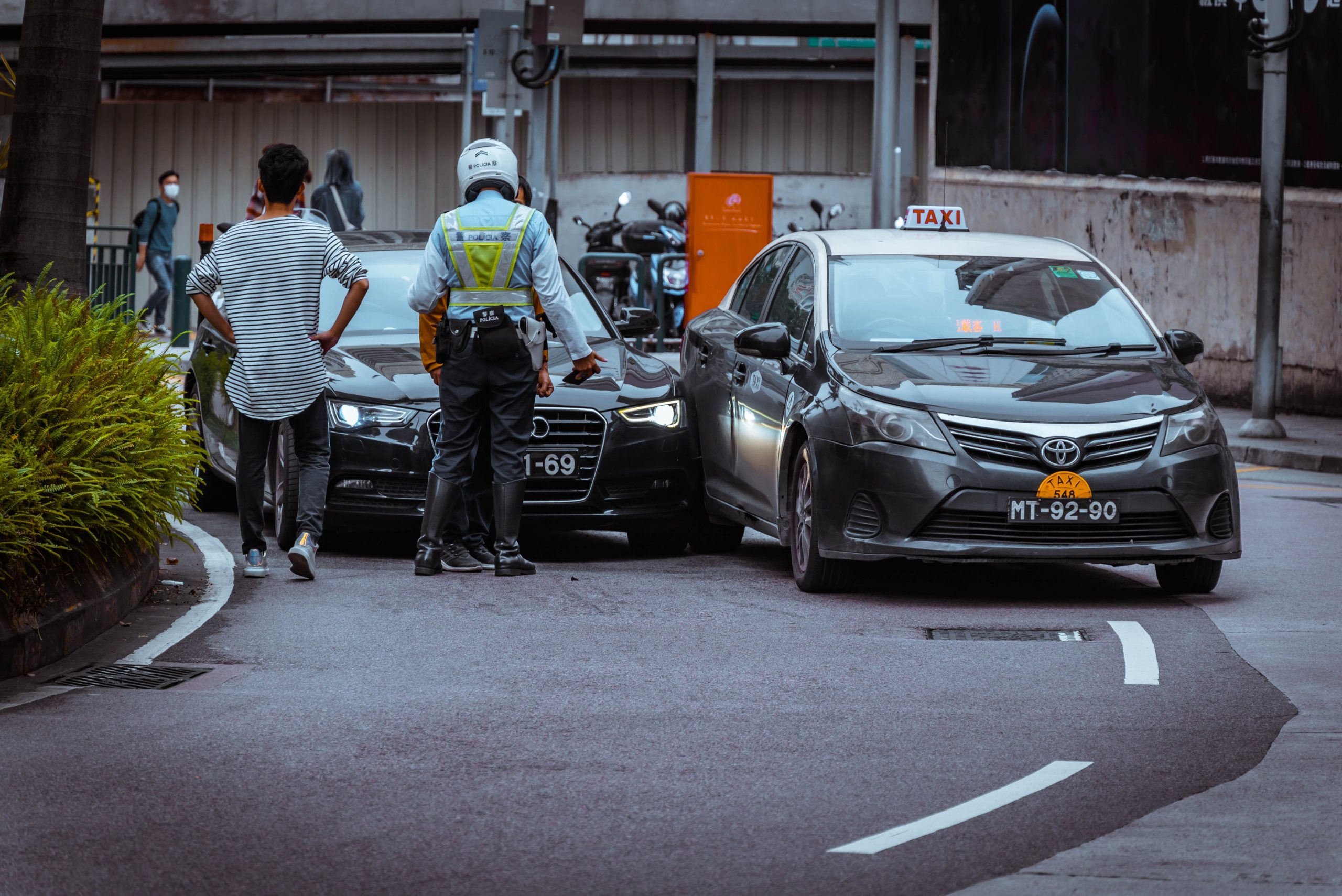Rear-end accidents can cause significant injury and damage. If you’ve been involved in a rear-end collision, whether you were the lead driver or the one who collided with the back of the first car, you may be eligible for compensation for any resulting harm, like whiplash and property damage to your vehicle.
Before you receive can receive a car accident settlement, you must determine whether you’re at fault for the wreck. Although many people assume that the person who rear-ended the lead driver is responsible, there are situations where the trailing driver isn’t truly to blame and therefore is entitled to seek compensation.
When Is the Following Driver at Fault for a Rear-End Accident?
Lack of focus or inattention to the task of driving and the road ahead can cause the following driver to miss signs that they need to slow down or stop. Rear-end accidents can occur because of:
Failure to Slow Down for Stopped Traffic
Atlanta’s rush-hour commute in the mornings and evenings means a lot of stop-and-go traffic. If a driver doesn’t realize that traffic has slowed down or stopped ahead of them, they could be traveling too fast to stop in time to prevent a rear-end collision.
Failure to Note a Turning Vehicle
If the following driver doesn’t notice that the car in front of them is turning or preparing to turn, they may be unable to stop until it’s too late.
Trying to Beat a Yellow Light
One driver may want to keep going through a yellow light at a guided intersection and not realize that the car in front of them doesn’t. These accidents can be especially dangerous because the rear car could be accelerating in anticipation of beating the red light, so they plow into the front car at a dangerous rate of speed.
Accelerating too Quickly After Stopping
Once a red light turns green, a driver may anticipate the car in front accelerating immediately and may accidentally tap the bumper in their haste to get moving again. Although these accidents happen at low speeds, the impact can still cause painful whiplash or serious damage to both vehicles.
When Is the Lead Driver at Fault for a Rear-End Accident?
Although the following driver has a duty to pay attention to the flow of traffic in front of them, including being aware of stopped cars or those slowing down at a red-light intersection, sometimes the driver in front carries the blame for the collision.
Slamming on the Brakes
If the lead car suddenly slams on its brakes without warning – for example, if the traffic in front of them isn’t slowed or stopped, they may be responsible for the wreck. Even if the following driver is the proper distance behind, that safe distance may not provide enough room to spot before colliding.
Malfunctioning Brake Lights on the Lead Car
Brake lights alert following cars that the vehicle in front is slowing down or stopping. Without properly working lights, especially at night or when weather conditions inhibit visibility, it can be hard to tell that the lead car is slowed or stopped.
Failure to Signal Their Intentions
Failure to use a turn signal is irresponsible; if the following car only sees the lead car slowing down, they may not realize the driver is trying to slow down enough to make a 90-degree turn.
Proving Fault in an Atlanta Rear-End Accident
If you’ve been involved in a rear-ending accident, a good first step is contacting an experienced Atlanta car accident attorney from W. Winston Briggs Law Firm to investigate your case and determine liability. Call us at (404) 522-1500 today.
